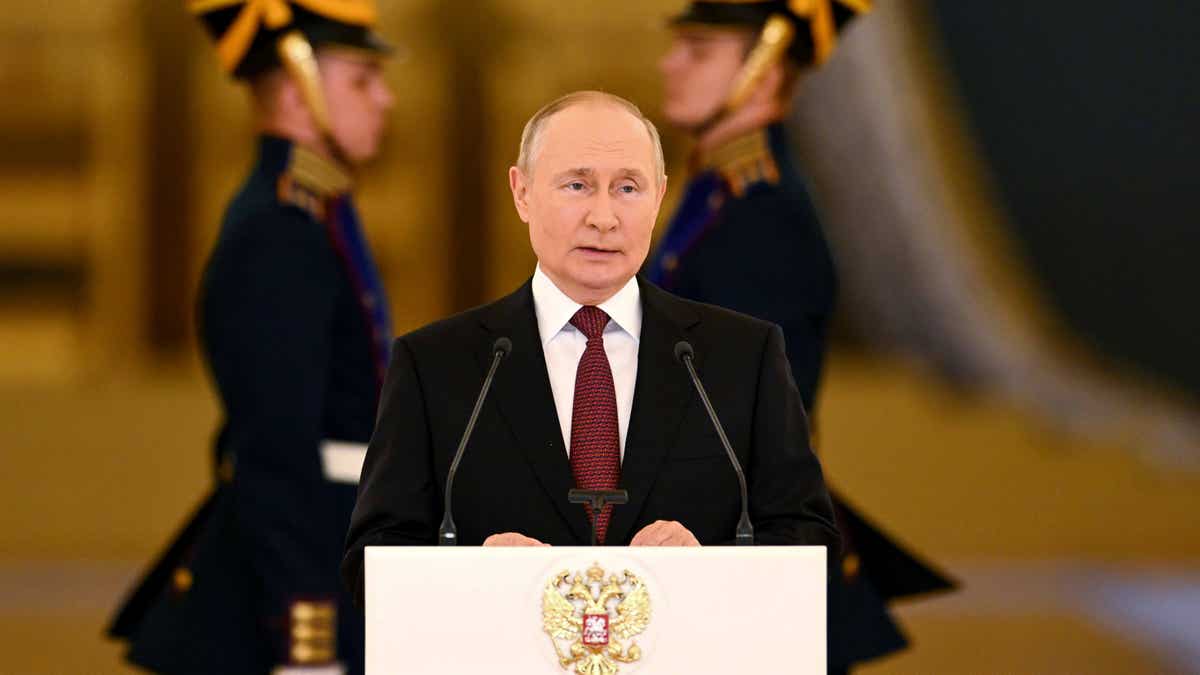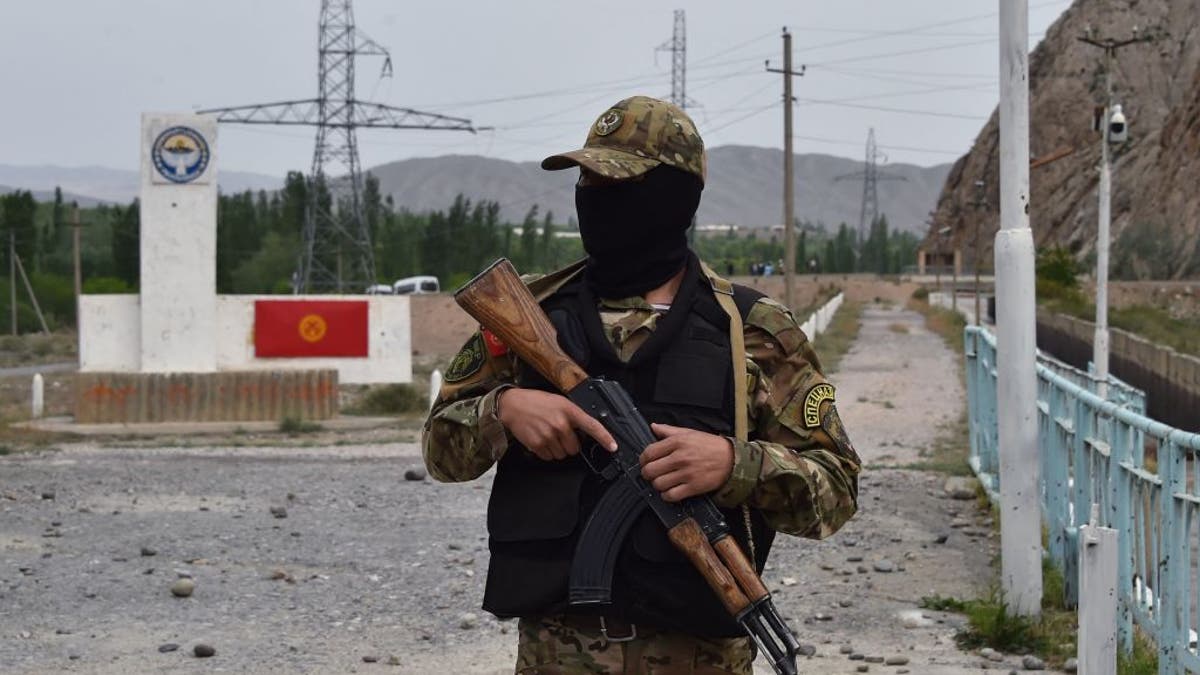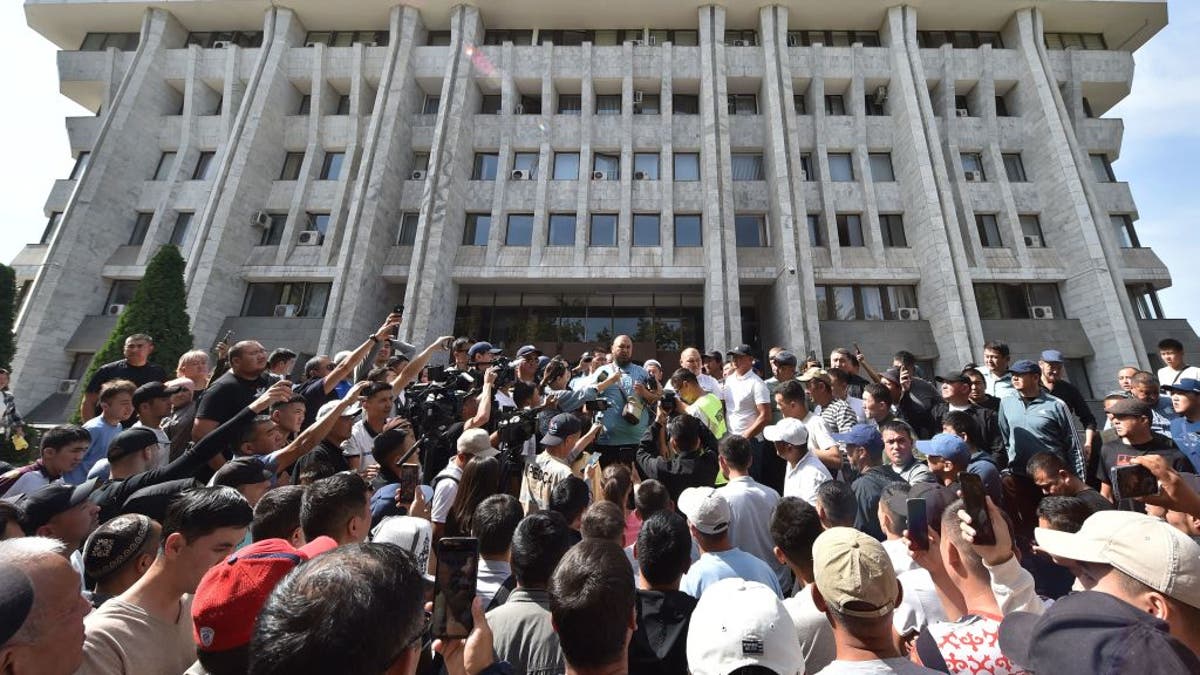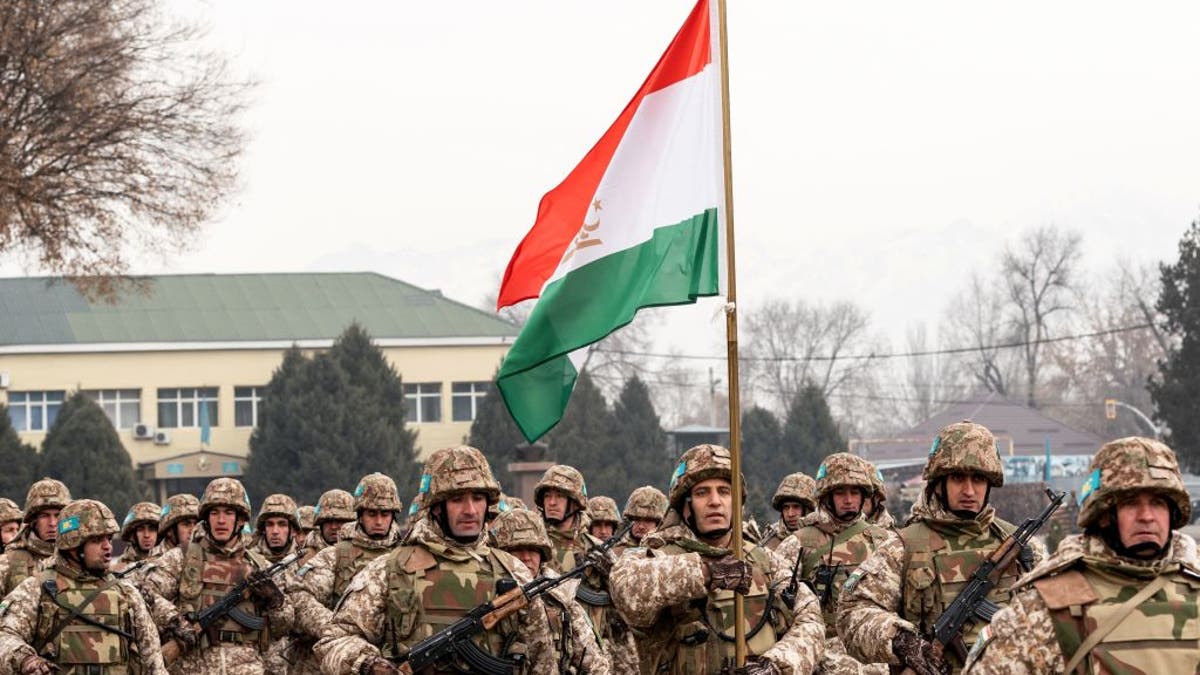Putin calls for the mobilization of Russian military reserves
Fox News' Greg Palkot reports on Putin's most recent nuclear threats and his call to Russian military reserves to mobilize within Russia
With Russia’s war in Ukraine grabbing most international headlines, another conflict has erupted in the post-Soviet space that has major implications for both Russia and its historic sphere of influence. Nearly 100 people, including 37 civilians and four children, were killed and hundreds more injured in the recent clash at the border between Tajikistan and Kyrgyzstan, another flashpoint, along with Ukraine, in the territory of the former Soviet Union, where Russia historically has tried to exert its influence.
"Russia has prided itself on being acknowledged as a regional security leader, including heading the CSTO (the Collective Security Treaty Organization), a self-styled alternative block to NATO. However, its role has been exposed as symbolic and limited, as it has refused to intervene in live interstate conflicts involving former Soviet states, even when called upon by members to uphold its treaty obligations," Alexander Cooley, professor of political science at Barnard College, told Fox News Digital.
Earlier this month Tajik and Kyrgyz border guards fired at each other with reports of civilian areas targeted on either side of the border. Both sides blamed the other for the latest round of violence along the border in the southern Batken region of Kyrgyzstan, much of which is disputed. It remains unclear, at this point, which country initiated the violence.
Since a meeting of the two presidents earlier this month at the Shanghai Cooperation Organization (SCO) a tenuous cease-fire had appeared to be holding until the Tajiks accused Kyrgyzstan of violating the agreement. Many observers of the region believe small-scale skirmishes along the border will continue as they have so frequently in the past.

Vladimir Putin delivers an address flanked by men in military uniforms. (Pavel Bednyakov, Sputnik, Kremlin Pool Photo via AP)
IRAN TO JOIN RUSSIA, CHINA-LED GROUP IN BID TO DODGE WESTERN SANCTIONS: REPORT
The underlying border feud remains unresolved. Russian President Vladimir Putin spoke with Kyrgyz President Sadyr Japarov and Tajik President Emomali Rahmon and called on both sides to end the violence and de-escalate the situation. Beyond the rhetorical urge to end hostilities, it’s unclear how involved Putin is in the current conflict.
Central Asia and the territory of the former Soviet Union is important geography where Russia has historically tried to exert its influence and flex muscle.
"Putin and his regime seek to reintegrate former Soviet states back under Russia’s control and form a U.S.S.R. like alliance. It’s the official policy and strategy and a high-stakes issue for Putin and his legacy," former Defense Intelligence Agency officer Rebekah Koffler and author of the book "Putin’s Playbook: Russia’s Secret Plan to Defeat America," told Fox News Digital.
Tajikistan and Kyrgyzstan remain firmly within Russia’s area of influence since they declared independence in 1991. Both countries host Russian military bases and both are members of the CSTO, a forum for Russia to exert its military presence in Central Asia. Politically, Tajikistan and Kyrgyzstan are embedded in the Commonwealth of Independent States (CIS), a pact among the fractured former republics of the Soviet Union. Several of the members of these post-Soviet institutions are engaged in conflicts, which undermines the integrity of these organizations.
With Central Asia being in Russia’s backyard, Putin has an incentive to keep the region calm and stable. As his war in Ukraine has slowed and Ukraine intensifies its counteroffenses and regains occupied territory, Putin has little time to devote to another dispute.

A Kyrgyz soldier guards the "Golovnoy" watershed in May 2001. (Vyacheslav Oseledko/AFP via Getty Images)
RUSSIAN PRESIDENT VLADIMIR PUTIN TO ANNEX 4 UKRAINIAN REGIONS IN FRIDAY CEREMONY
Experts say Putin is preoccupied with his war of aggression in Ukraine and has called in foreign mercenaries from Central Asia as Russian forces have continued to experience severe setbacks in the eastern Donbas region. The United States, on the other hand, has little leverage or credibility in Central Asia, particularly after the August 2021 withdrawal from Afghanistan. Yet analysts on the area such as Koffler say there is an opportunity for the U.S. to expand its influence, but it has to be precise and without preconditions.
"If the U.S. seeks to democratize the region, it’s a doomed project, that the Central Asian and Western cultures are vastly different. These are very authoritarian states that prioritize the primacy of the state versus the individual. Human rights is not the language they understand. If the U.S. were to pursue purely transactional relationships, then it’s possible. There’s a precedent for that, for example the U.S. previously maintaining a military base in Kyrgyzstan, operated by the U.S. Air Force. There’s always an opportunity for the U.S., being the driver of the world’s innovation and expertise in high-tech, medicine and other industries, to have business relationships with any regime," she noted.

Protesters rally near the Kyrgyz parliament in Bishkek to demand authorities support residents of Kyrgyzstan's southern Batken province following border clashes with Tajik troops, Sept. 16, 2022. (Vyacheslav Oseledko/AFP via Getty Images)
The recent conflict between two former Soviet republics reveals the tensions that remain 30 years after the collapse of the Soviet Union and the formation of newly independent nations.
"There are different Soviet maps dating from different years showing different lines and on the ground that each side pulls out from time to time to make its case. The borders never really were well-defined, especially in the more rugged and untamed parts of the border" Gavin Helf, Central Asia expert at the United States Institute of Peace, told Fox News.
The crisis between Tajikistan and Kyrgyzstan is not the only conflict to flare in the post-Soviet space. Armenia and Azerbaijan are also locked in a decades-long conflict over disputed territory that was inherited following the breakup of the Soviet Union. Most recently, Armenia and Azerbaijan clashed at their disputed border and saw over 100 service members killed on both sides.
Normally, Russia would intervene diplomatically in its neighborhood to bring such a conflict to a resolution, but Putin isn’t even inserting himself between the two countries. This lack of interest, to some, is a clear sign of Russia’s decreasing influence.

Tajikistan soldiers attend a ceremony marking the end of the CSTO mission in Almaty, on Jan. 13, 2022. (Alexandr Bogdanov/AFP via Getty Images)
CLICK HERE TO GET THE FOX NEWS APP
"I think of this as a deflation of Russian influence, which will persist if Russia’s war in Ukraine drags on and if Russia loses and turns inward for a time. All these conflicts are not new, but there’s room now for them to spring up again, or new room for them to be solved without Russia putting a finger on the scale," USIP’s Helf said.
